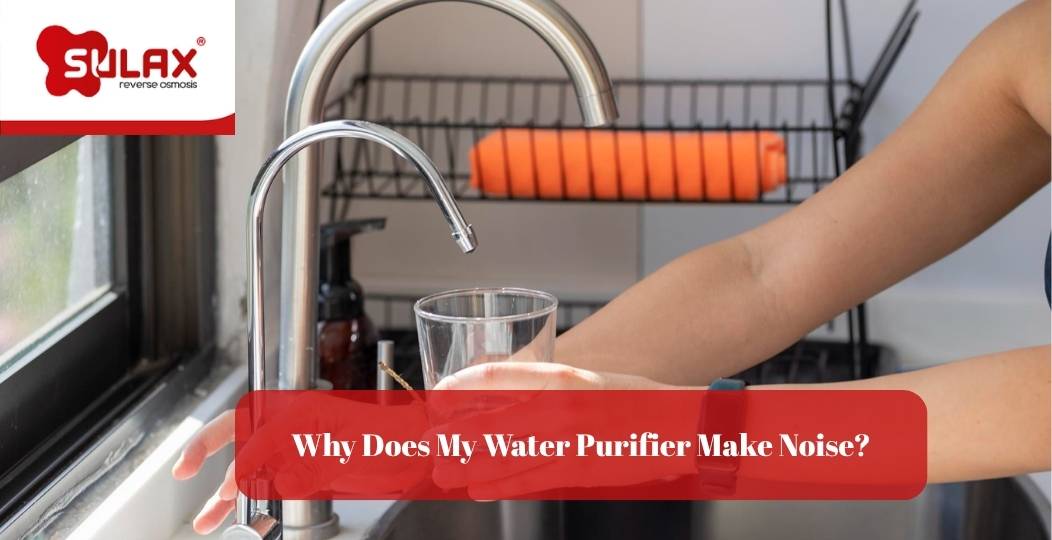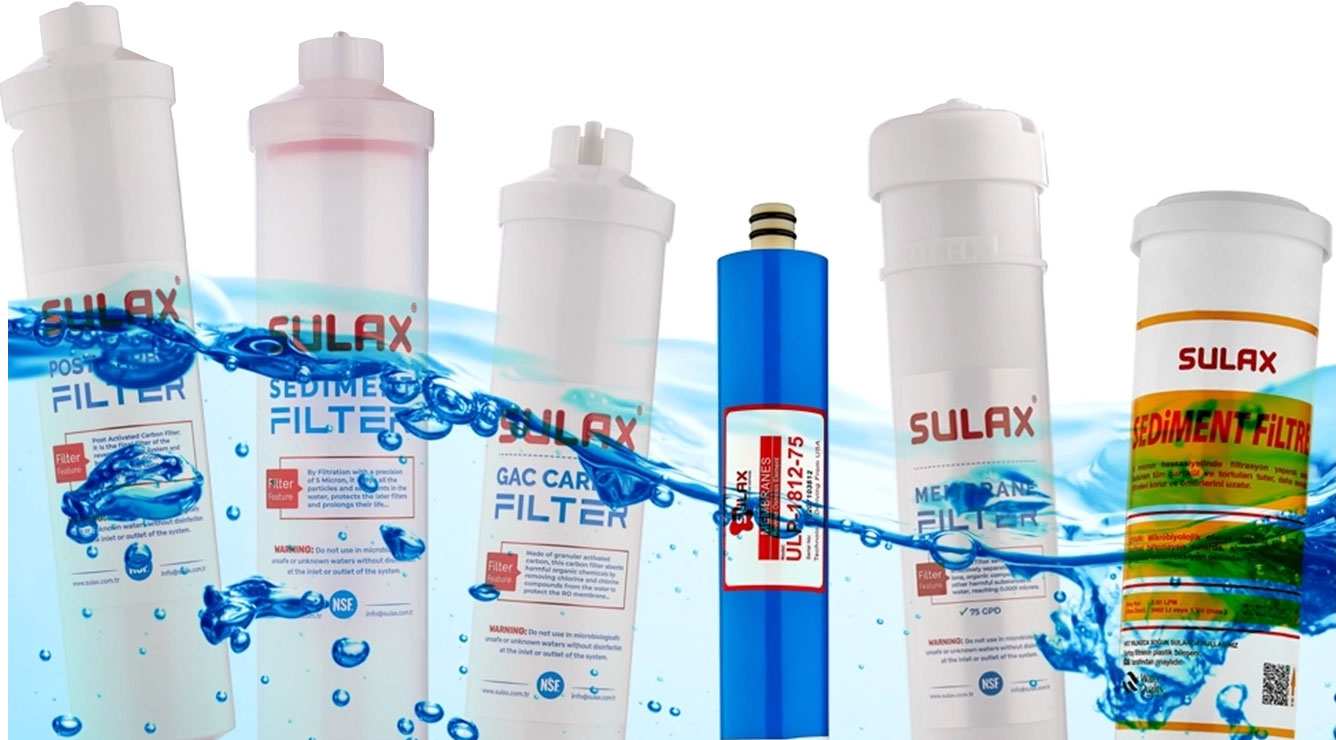
Under-sink water purification systems generally operate quietly. However, over time, gurgling, hissing, humming, or whistling noises may occur, raising concerns among users. The question of why does my water purifier make noise? is common and deserves a technical explanation. In this article, we explain the main causes of noise in water purifiers, which sounds are considered normal, and what preventive measures you can take.
The type of noise your device makes is critical in diagnosing potential issues. Light hissing or the natural sound of water flowing through filters is usually normal. However, a constant, high-pitched hum may indicate a faulty pump or clogged filters. In addition, trapped air inside the unit can lead to both noise and performance problems.
One of the most frequent causes of noise in a water purifier is a malfunctioning pump or a clogged filtration system. Over time, filters accumulate sediment, lime, chlorine, and other impurities. Delaying filter replacement increases these build-ups, making it harder for water to pass through. As a result, the pump exerts more force, which increases the noise level. For smoother and quieter operation, check out our detailed guide on water purifier filter replacement.
Air may get trapped inside the system after installation or filter replacement. If not properly vented, this air can cause gurgling or other irregular noises during operation. If the air release valve is not functioning or there are leaks in the system, the sounds may become persistent. Air lock not only reduces performance but also causes noise.
If your purifier is making noise, installation-related issues might be to blame. Improperly secured devices, loose connections, or mounting on uneven surfaces can cause vibrations and noise. These mechanical issues result in disturbing sounds during operation.
Depending on your tap water quality, limescale can accumulate inside the device. Limescale buildup narrows pipes and filters, restricting water flow. This forces the pump to work harder, leading to increased noise and reduced lifespan of the system.
Not every sound indicates a malfunction. For example, mild water flow or hissing during tank filling is normal. However, if you notice any of the following:
then your device may require inspection or maintenance.
Regular maintenance is essential to keep your device quiet. Filters should be replaced every 6–12 months as recommended by the manufacturer. For systems with pumps, regularly monitor the pump's sound level and service or replace it if necessary. Also, make sure all connections are secure and properly installed during setup.
According to the World Health Organization (WHO), drinking water should contain a certain level of minerals for health purposes. Over-purified water may cause mineral deficiencies over time. (Source: WHO Guidelines for Drinking-water Quality, 4th edition).
Pumped water purifiers naturally make more noise as they use pressure to push water into storage tanks. However, this noise should be minimal and intermittent. If the noise is loud or constant, it may indicate a pump failure. Non-pumped systems are typically silent, so any unusual sound should be investigated. Ensuring quiet and efficient performance requires careful monitoring of such devices.
If you suspect abnormal noise, follow these steps:
If you answered “yes” to any of these, your purifier may require technical service or expert inspection.
Light hissing or water flow sounds are normal. However, constant humming, high-pitched whistling, or clicking noises may indicate a malfunction or need for maintenance.
Pumped systems apply pressure to push water through filters, which naturally generates some motor noise. If the sound is loud or continuous, a pump fault may be present.
Gurgling sounds or irregular flow after filter changes may indicate trapped air. The air release valve should be inspected.
Yes. Clogged filters make it harder for water to pass through, causing the pump to work harder and produce more noise. Regular filter replacement is essential.
Check the pump and filters, release trapped air, and ensure all fittings are secure. If needed, add soundproofing around the device.

Fill out the form and be the first to enjoy the benefits!